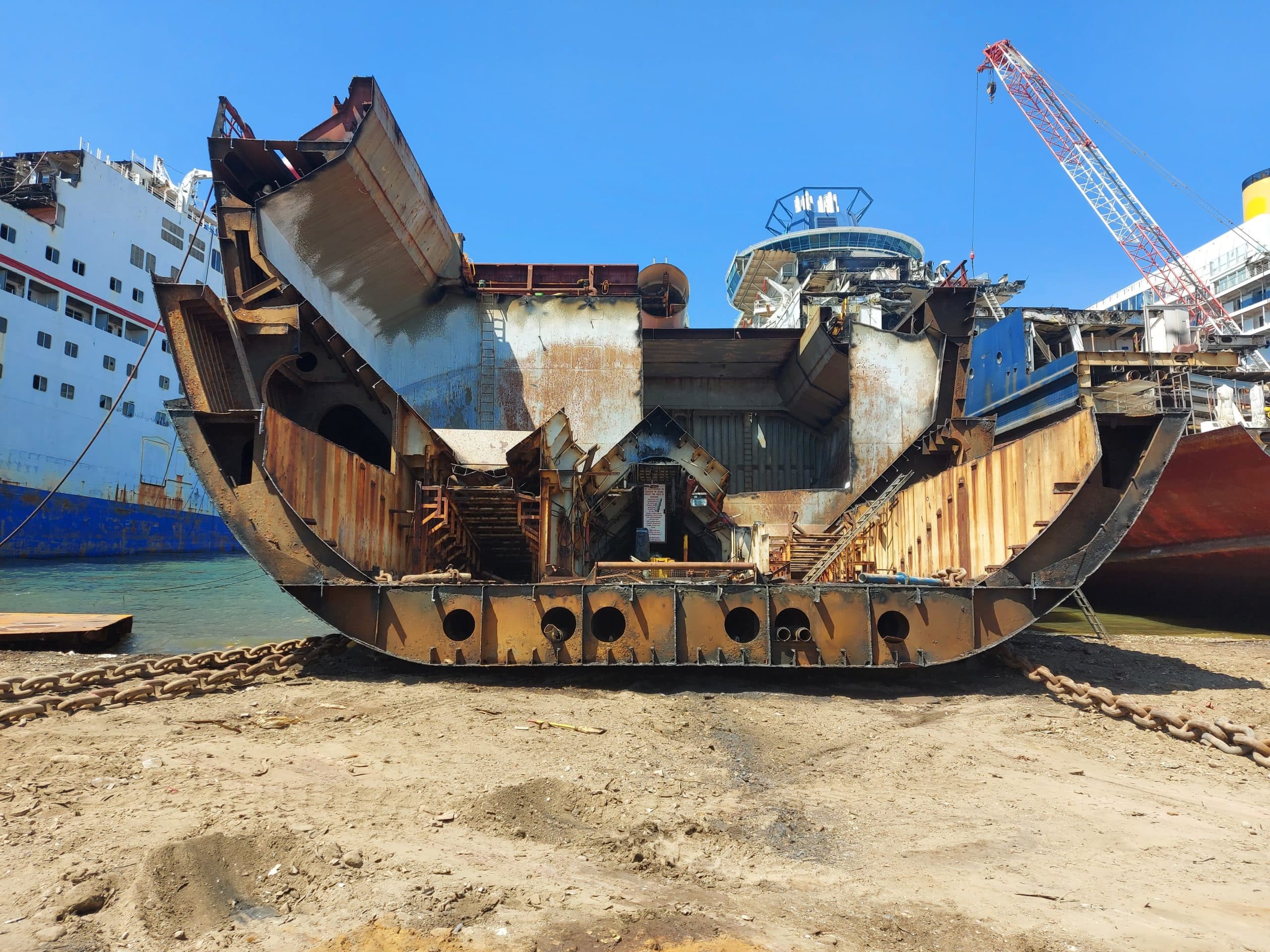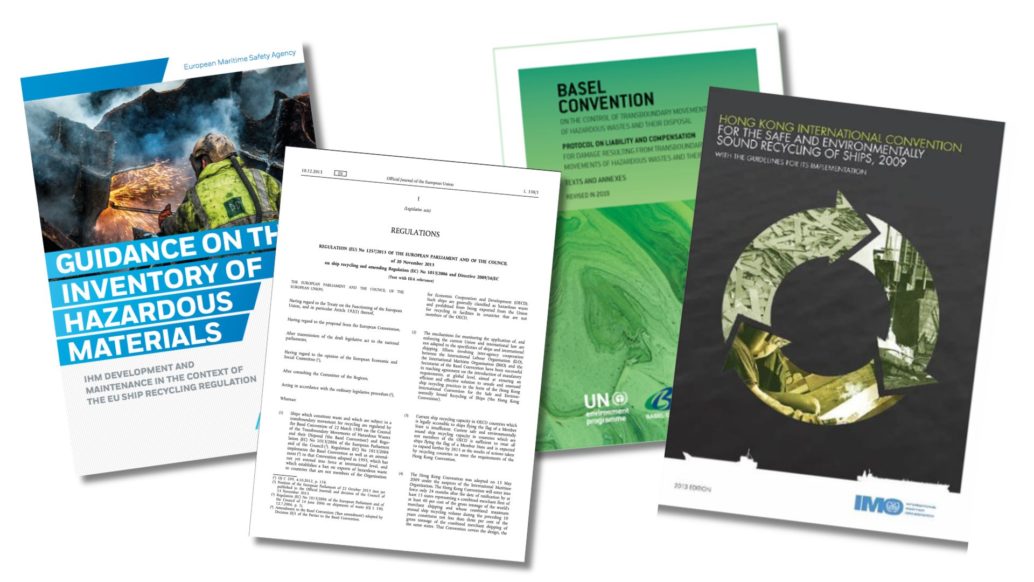
For over a decade, we have helped the maritime industry sustainably handle its assets’ end-of-life. We ensure that your vessel will be recycled responsibly – taking care of workers’ safety and the environment, always in compliance with applicable regulations.

